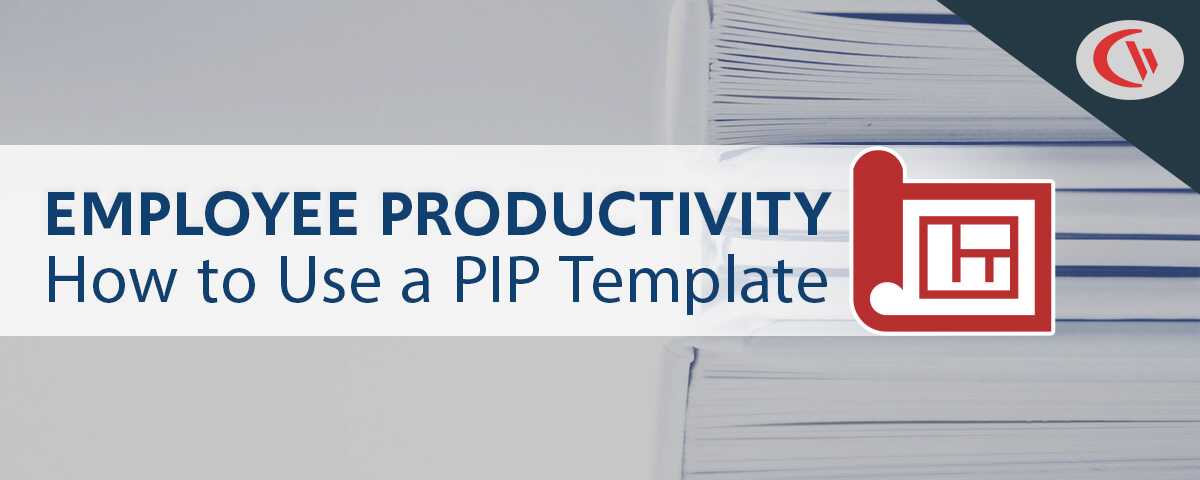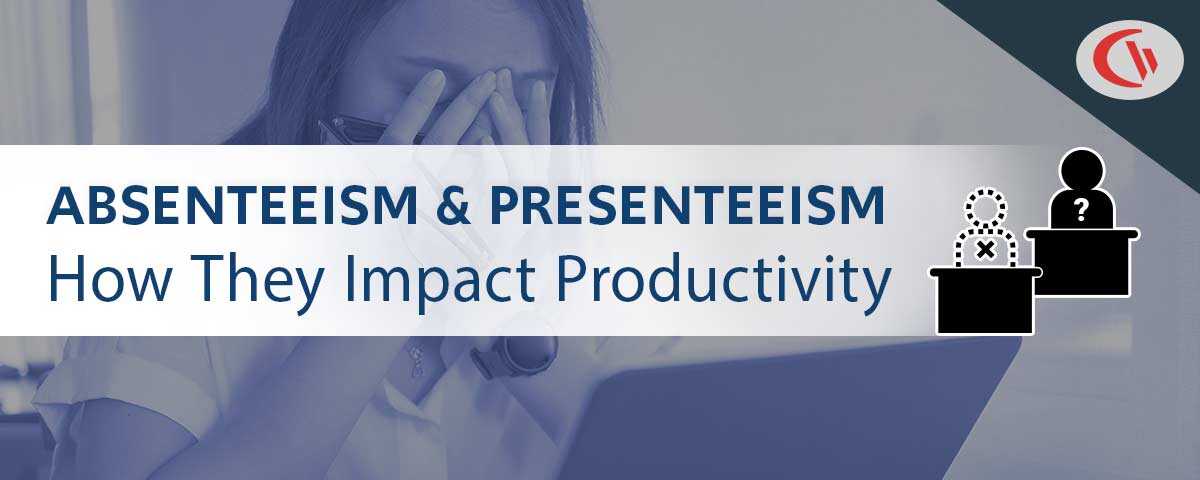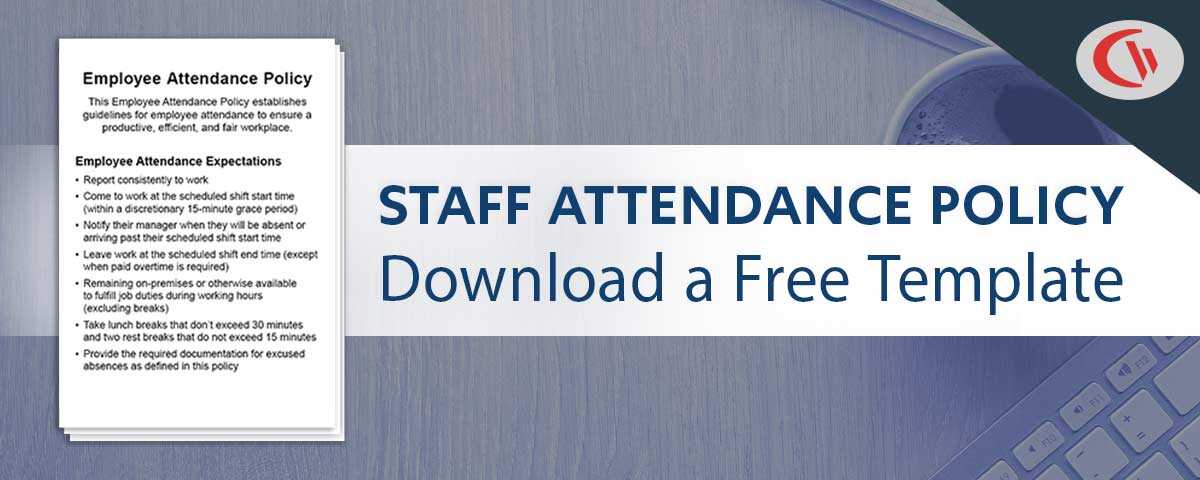What Is a Performance Improvement Plan?

Are you struggling to address poor performance with a direct report?
Even if you have a great team with highly skilled employees, as a manager you will eventually be forced to have difficult conversations with underperforming employees about their performance issues.
In this article you will be provided with a performance improvement plan template. You will also learn what an employee performance improvement plan is and the best practices for using one to address poor performance issues.
Need a better way to track employee performance? Read our case study to see how CurrentWare’s employee productivity tracking tools helped Shady Maple take back control over employee internet use.
Get Your Free Performance Improvement Plan Template (PIP Template)
Want to create a performance improvement plan for your organization? Download this performance improvement plan template (PIP Template) and customize it to help correct underperforming employees.
By following this performance improvement plan template you can ensure that disciplinary action is consistent with each of your employees.
Get Your FREE Employee Performance Improvement Plan (PIP) Template
- Set expectations for underperforming employees
- Establish a timeline for improving on actionable goals
- Keep track of check-ins and milestones throughout the PIP
Get started today—Download the FREE template to correct employee productivity and conduct issues.
What Is A Performance Improvement Plan?
An employee performance improvement plan—also known as a performance action plan—is a valuable tool for addressing poor performance.
It holds employees accountable if they are unable to meet an acceptable standard of performance as laid out in their job description.
A performance improvement plan is designed to provide an underperforming employee who is otherwise desirable with an opportunity to address performance issues prior to a more serious corrective action such as a demotion, transfer, or termination.
Performance improvement plan templates provide both the manager/supervisor and a particular employee with:
- An outline of work performance discrepancies and the desired standards
- Notes regarding previous discussions and corrective actions
- How you will measure success (company goals)
- What resources are available to help them improve performance
- Dates for future follow up meetings and review sessions
- What consequences will happen if they fail to meet expectations
- A target end date whereby performance deficiencies need to be to a satisfactory standard
If the employee fails to meet the PIP’s expectations within the specified time-frame—typically 30, 60, or 90 days— the PIP lays out explicit repercussions.
Benefits of a performance action plan:
- Provide clear examples of desired outcomes
- Determine clear consequences for continued performance issues
- Helps the employee understand where they must focus their efforts
- Provides the supervisor/manager, the employee, and HR with a timeline for improvement
How To Use Performance Improvement Plan Templates
Now that you have your performance improvement plan template it’s important to understand when to use it. While a performance improvement plan is a powerful tool for the HR department, the employee, and their manager, it needs to be used appropriately.
Consider the following guidelines to improve the effectiveness of your performance improvement plan.
Use Performance Improvement Plan Templates as a Last Resort
Before using a performance improvement plan template it’s important to understand that many organizations will misuse a PIP template as a first step to build a case for a termination.
Due to this practice employees that are presented with a PIP may misunderstand their employer’s intentions and assume that they need to find a new job rather than work hard to meet the expectations for their current role.
For this reason, as a best practice you should reserve the use of a performance improvement plan template as a last resort for team members that are not responding well to other means of performance management such as informal check-ins and verbal/written warnings.
Even if the employee trusts that their company has their best interests at heart, being under a performance improvement plan can cause additional stress due to the increased scrutiny. Since the performance improvement plan will be noted on their file they may also have concerns about prejudicial treatment in the future.
Here’s how to use a performance improvement plan (PIP) as part of a progressive discipline strategy:
- Provide informal verbal feedback
- Give a formal verbal warning to the employee & document it in their file
- Provide a written warning to the employee
- Implement a performance improvement plan with set goals
- Either implement a new PIP or provide a termination notice
Keep in mind that a performance improvement plan works to correct a consistently evident problem. One-time issues or short-term lapses in performance may be better addressed in the form of meetings or feedback letters. An employee should be given plenty of chances to change before a performance improvement plan is initiated.
Clearly Communicate the Goal of the Performance Improvement Plan
As employees may consider a performance improvement plan (PIP) a definitive sign of an upcoming dismissal, it’s critical that you clearly communicate the goal of the performance improvement plan: To provide clear guidance and support because you want to retain the otherwise capable employee.
Reassure the employee that:
- The PIP is an indication that your company believes they are worth having as an employee
- The performance improvement plan is not a way to punish them; it’s a plan to help them improve their performance
- While the performance issue is serious, you are confident that you will see an improvement
- You are satisfied with their overall performance and are confident that they will be a great employee once their performance improves
If you fail to clearly communicate the intention of your performance action plan you risk having the employee prepare themselves for a job hunt rather than improve their performance.
Consult With HR Professionals First
An employee performance improvement plan is typically written by the employee’s manager and submitted to HR. In the event that this is not the norm for your company you may want to get your performance improvement plan template reviewed by HR prior to its implementation.
The role of Human Resources when implementing a performance improvement plan:
- Determining whether a PIP is the appropriate action for the situation
- Administering the PIP in conjunction with the manager to prevent bias
- Providing ongoing guidance to both the employee and manager throughout the plan
By first consulting with an HR rep you can rest assured that that performance improvement plan is realistic, that it sets clear expectations, occurs over a realistic time period, and that you’ve outlined all of the necessary resources the employee needs to succeed.
Set Realistic and Measurable Performance Improvement Goals
The first step in designing a PIP will be defining this problem as clearly as possible. Then, describe what it would look like for the employee to succeed instead.
When implementing a performance improvement plan it’s critical that you provide employees with realistic and achievable goals.
If the desired improvements aren’t realistic the employees will be far less likely to adhere to the plan. As a best practice you should work with employees and HR to create realistic goals.
Consideration when creating goals for a performance improvement plan (PIP):
- A PIP can affect employee performance in the short term as it’ll distract them from their core duties and the increased scrutiny will cause added stress
- With unrealistic goals the employee will quickly become discouraged, making it that much harder for the employee to stay positive and succeed
- Employees are placed on a PIP for a certain amount of days; ensure the desired progress matches what’s achievable within the time period
Throughout the PIP you can use workforce analytics tools to analyze trends in performance metrics such as fluctuations in work hours, time spent on distractions, and the amount of time spent using critical software.
Monitoring for improvements in these areas will help you review day-to-day improvements before, during, and after the performance improvement plan.
Performance Improvement Plan Examples
To help illustrate how a performance improvement plan might be structured, this section will overview three common areas for performance improvement. I will use CurrentWare’s performance improvement plan template as an example.
Common areas for performance improvement:
- Continuously missing deadlines
- Low productivity
- Poor professionalism
- Absenteeism/Tardiness
- Inaccurate or poor work
- Client dissatisfaction
- Continuous failure to meet expectations
A performance improvement plan will typically be provided alongside a written letter or email with the following information:
Effective immediately, you are placed on a (insert 30, 60, or 90)-day performance improvement plan. During this time you will be expected to make regular progress as outlined in the plan. Failure to meet or exceed these expectations, or any display of gross misconduct will result in further disciplinary action, up to and including termination.
In addition, if there is no significant improvement to indicate that the expectations and goals will be met within the timeline indicated in this PIP, your employment may be terminated prior to 90 days. Furthermore, failure to maintain performance expectations after the completion of the PIP may result in additional disciplinary action up to and including termination. The PIP does not alter the employment-at-will relationship.
Get Your FREE Employee Performance Improvement Plan (PIP) Template
- Set expectations for underperforming employees
- Establish a timeline for improving on actionable goals
- Keep track of check-ins and milestones throughout the PIP
Get started today—Download the FREE template to correct employee productivity and conduct issues.
Performance Improvement Plan Example For Low Productivity
Areas of Concern
- Repeated failure to meet business deadlines as a result of excessive unproductive web browsing
Expected Standards
- Deliverables must be completed within the stated deadline
- Business internet is to be used for business purposes only outside of designated breaks
Previous Corrective Actions
- Verbal warning on (DATE)
- Written warning on (DATE)
Available Training and Support
- Internet use policy
- Time management courses
- Weekly 1:1 meetings with (PROJECT MANAGER) to review blockers and areas of concern
Performance Improvement Plan Example For Poor Professionalism
Areas of Concern
- Employee regularly misuses company resources for personal use
- Employee openly speaks poorly of management and colleagues in an unprofessional manner
Expected Standards
- Any use of company resources for personal use must be limited in scope and approved by management
- Any concerns with the performance of others must be directed to the appropriate managers and not openly discussed with uninvolved colleagues (“Gossip”)
- We expect the employee to interact with others in a professional and respectful manner, devoid of explicit language and hostility
Previous Corrective Actions
- Verbal warning on (DATE)
- Written warning on (DATE)
Available Training and Support
- Document: Expected Professional Conduct at (COMPANY)
- eLearning Module: Professionalism In The Workplace
Performance Improvement Plan Example For Absenteeism/Tardiness
Areas of Concern
- Failing to arrive on time for their scheduled shift
- Failing to notify managers of an impending absence (unexcused absences)
Expected Standards
- The employee will prepare themselves to arrive for work in uniform and ready to begin their shift according to their scheduled time
- All vacation time must be requested off in advance
- Unanticipated absences (such as sick days) must be reported to the supervisor or manager on duty in a timely manner prior to the start of the shift
Previous Corrective Actions
- Verbal warning on (DATE)
- Written warning on (DATE)
Available Training and Support
- Document: Attendance Policy
Start Monitoring Employee Productivity Today
Ready to get advanced insights into employee productivity? Get started today with a free trial of BrowseReporter, CurrentWare’s employee productivity monitoring software.
- Track productive vs unproductive web browsing
- Get internet activity reports to see what websites are visited and how long they’re used for
- Monitor software usage trends to see what apps your workers use the most
Conclusion
A performance improvement plan (performance action plan) is a valuable document as a last resort for managing underperforming employees. These documents detail the desired performance over a set timeline, note areas of improvement, track performance progress over the course of the action plan, provide examples of resources that are available, and the consequences for failing to meet expectations.
When you create a performance improvement plan for your organization it is critical to understand that these documents are to be used as a last resort when you’re experiencing a fixable performance issue with a valued employee that is not otherwise responding to other forms of progressive discipline.
In order to track performance improvement over the course of your action plan you can use employee computer monitoring software that measures employee productivity.
Improve Employee Productivity With
CurrentWare’s Remote Employee Monitoring Software
Ready to get advanced insights into how your employees spend their time? Reach out to the CurrentWare team for a demo of BrowseReporter, CurrentWare’s employee and computer monitoring software.
- Improve Productivity
Track unproductive web browsing and idle time to detect time-wasting - Save Time With Intuitive Reports
User-friendly reports make it easy to understand employee computer activity - Enhance Visibility
See how employees spend their time—even on Terminal Server and Remote Desktop Services!


